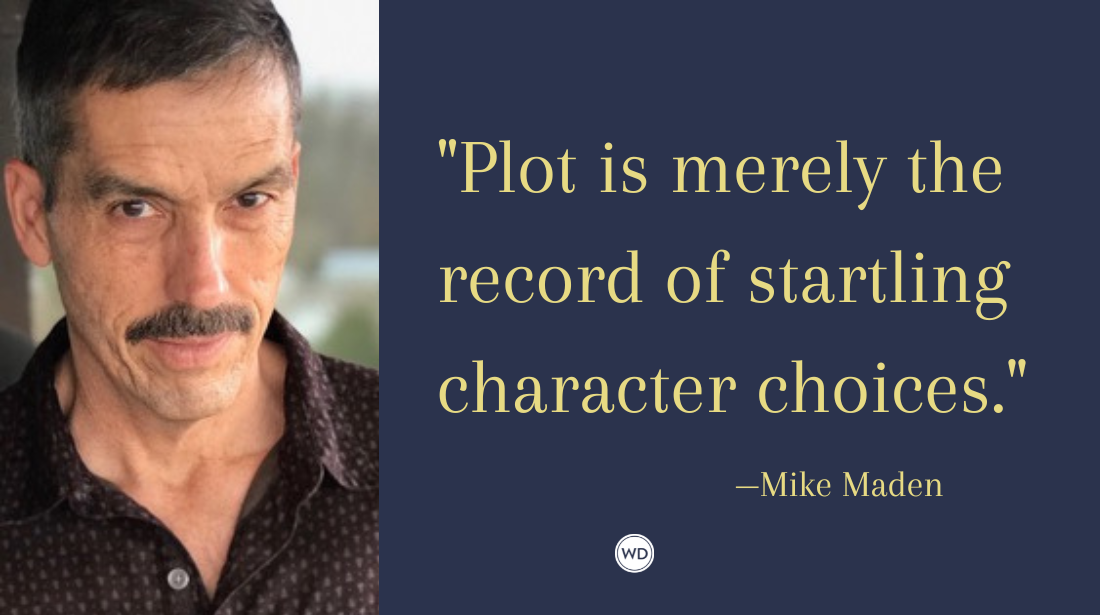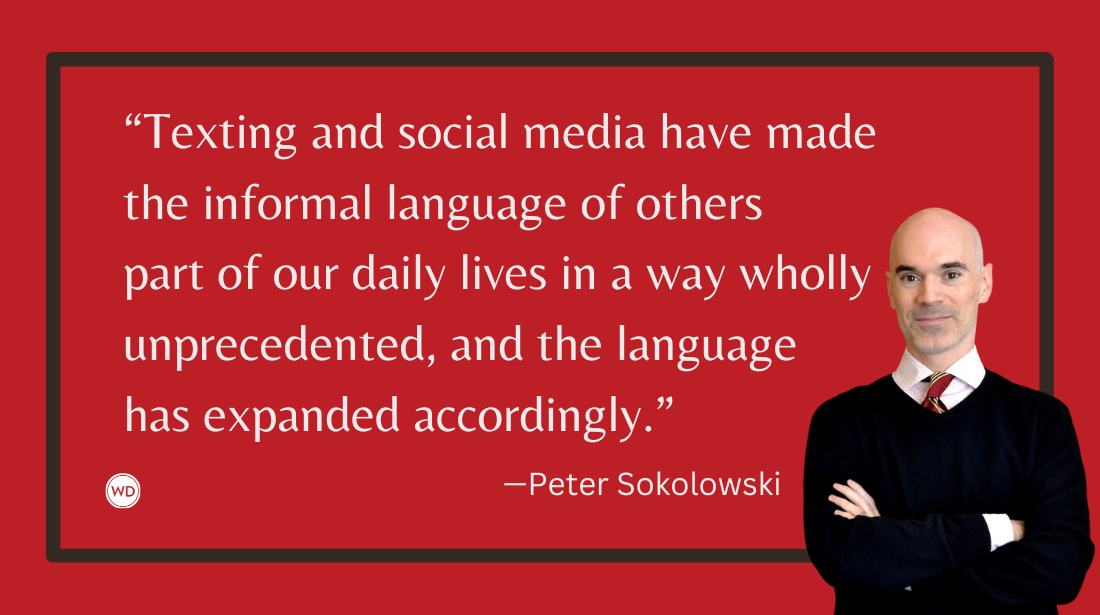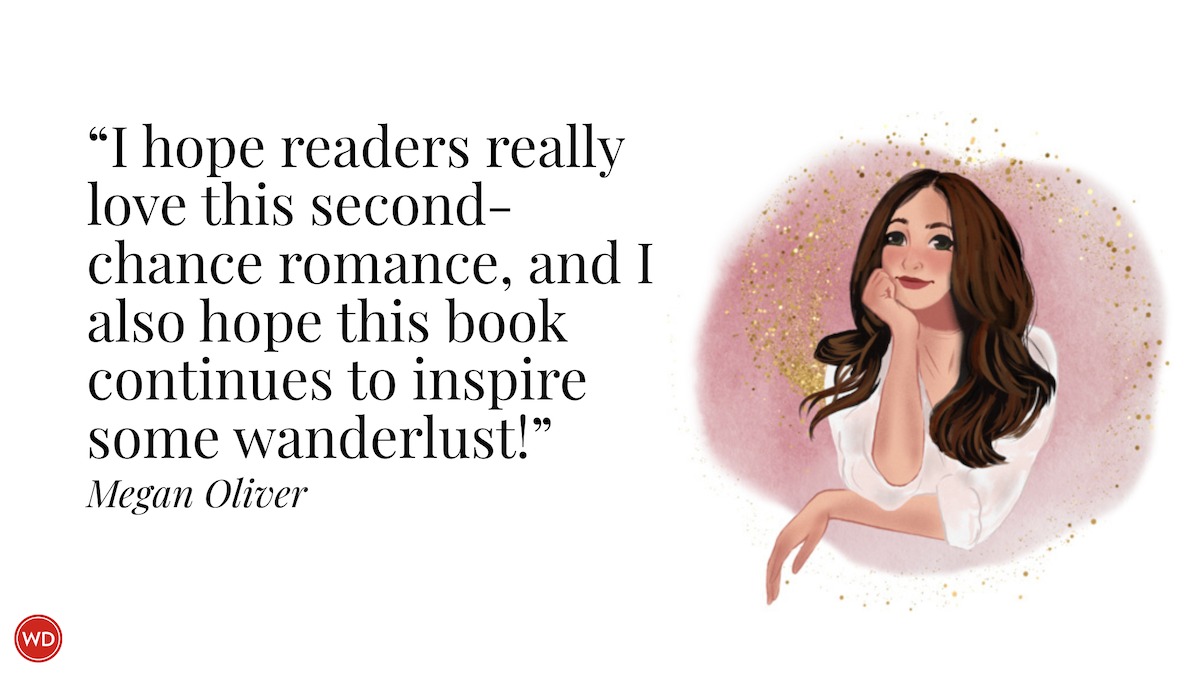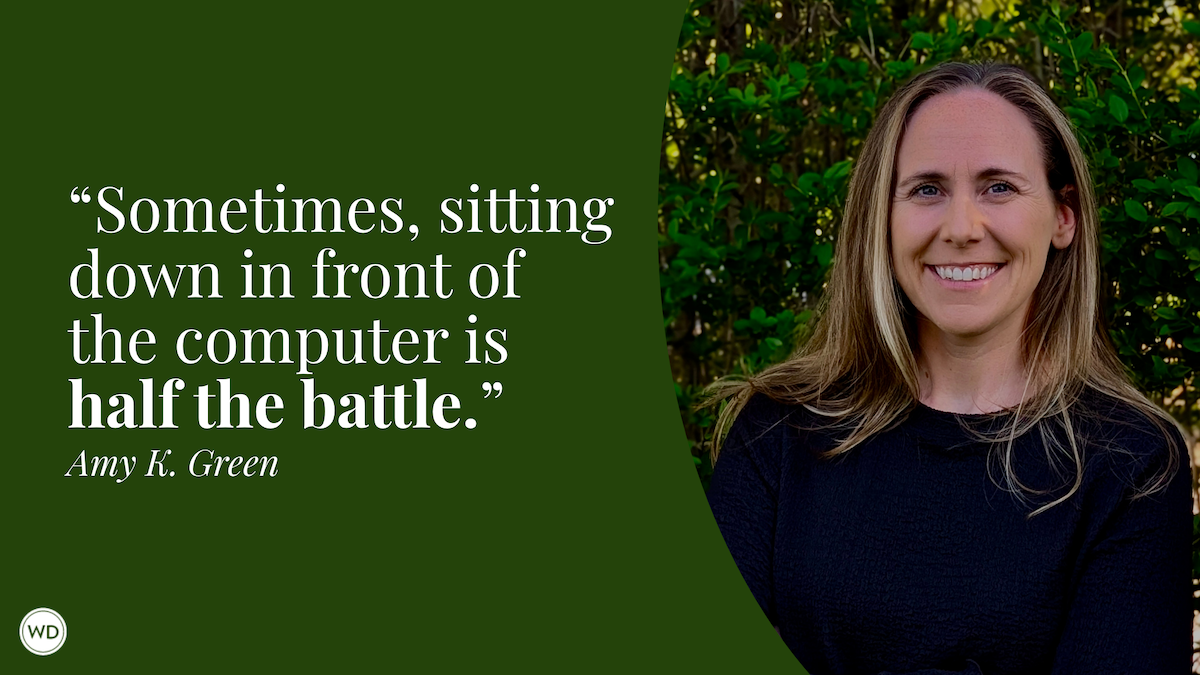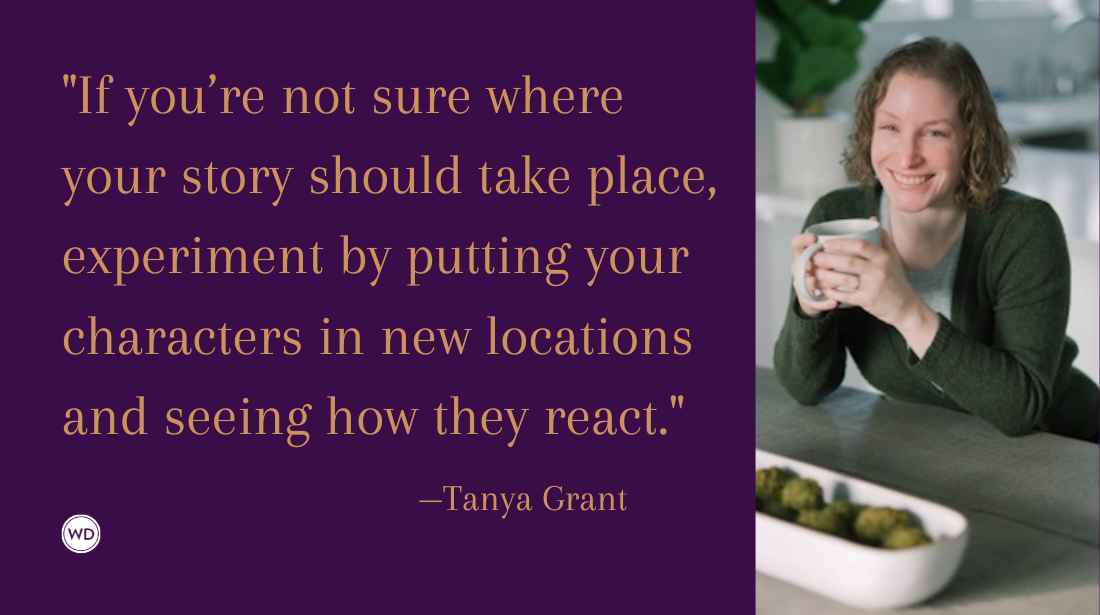4 Ways to Create Believable Urban Fantasy
If a realistic, believable urban fantasy is more your jam, you have to accomplish something that sounds easier, but isn’t: You must create a world that fits into our current, recognizable reality. Here are four ways to write urban fantasy.
If you write fantasy, your job is to render a completely new world, in any setting, at any time in history (or future), with any rules you want to apply. Just about anything goes! Of course, this means you have to build that world from the basement up and still manage to make it grounded enough to allow the reader a way in, but that’s a different post.
If a realistic, believable urban fantasy is more your jam, you have to accomplish something that sounds easier, but isn’t necessarily: You must create a world that fits into our current, recognizable reality. Sure, it can be pretty far out there—I don’t know about you, but multimillionaire vampires with fabulous underground lairs don’t really jibe with my day-to-day experience—but that’s part of the fun.
Still, what your world-building has to do is slide hand-in-glove into the real world in a way that makes sense and that harbors some internal logic that leaves readers nodding along. I’ve done this with a few of my series, including my first, Guards of the Shadowlands (which is YA) and my most recent, an adult urban fantasy called Reliquary, so I’ve got a few suggestions for how to get it done.
1. Paint that background with vivid colors.
Some of my favorite paranormal and urban fantasy reads are ones with an exquisitely rendered sense of place. The Witching Savannah series by J.D. Horn is a perfect example. From page one, the town is a character in the book, and the setting matters. We feel the heat of the summer in Georgia, we hear the accents, we experience the unique culture and pace of Savannah.
That’s the test: If you want to create a realistic, believable urban fantasy world, set it somewhere specific and leave the reader with the understanding that it couldn’t happen anywhere else. If you’ve got a generic backdrop—if your story could take place in Rapid City or Kansas City or New York City without changing a word—that can be a problem, and it’s most certainly a missed opportunity.
Architecture, cuisine, local legends (though you must be careful and respectful if you’re touching on the culture of a group you’re not a member of, particularly those that have been marginalized and oppressed—do your homework, get sensitivity readers, and LISTEN TO THEM), quirky festivals, and rhythms of daily life specific to that setting, like the lobster boats returning at noon or construction work on that one damn bridge, all of it is fodder for creating a rich backdrop for your UF. The best urban fantasy worlds use the unique qualities of their settings to enhance and even inform the magical and supernatural.
2. Bend your fantasy world around reality.
In Reliquary, Mattie goes in search of her kidnapped fiancé and discovers a dark underworld where magic is dealt and used as a drug and a weapon. Until she literally stumbles through the beaded curtain of a magic parlor and finds some of her friends and neighbors getting high from stroking seemingly ordinary objects like tennis balls and coffee mugs, she doesn’t have a clue that magic exists. I wanted to create a world that made my readers muse, at least for a second—could this be real? Could this really happen? To accomplish that kind of plausibility, you face the challenge of crafting a hidden world that will brush up against the “real” in all sorts of ways that accommodate the realities of modern life—surveillance cameras, the 24/7 news cycle, the fact that most people carry the Internet in their pocket. It’s much trickier than it used to be!
This is sometimes the most workmanlike part of world-building, and yet it can lead to unexpected insights. You have to think of what jobs your characters could have that would allow them access, skills, knowledge, resources, or alibis for whatever supernatural shenanigans you need them to have—and hide. You must lay the everyday over your underworld and only let the creepy crawlies wreak havoc in ways that can be covered up with realistic explanations that allow society to return to its status quo instead of turning a bright focus on whatever adventures you’re brewing (unless dealing with viral Youtube videos and news coverage is part of your plot).
What are the authorities going to say when they find the mauled/cursed body or congealed pile of goo or … whatever gruesomeness you’ve cooked up? If there are witnesses, how will they explain what they saw? Bear? Alien? “Gangs on PCP”? (thank you, Buffy the Vampire Slayer.) Or, if you need to conceal the evidence completely, how do you fold up that craziness and tuck it into the cracks? The fun and challenge of creating a believable world is finding a truly satisfying explanation that is seamless with reality.
3. Explain the unexplained.
This is, hands down, one of my favorite things to do with UF, and a mirror of hiding your world in plain sight by coiling it around the hard facts of reality. Here, you’re doing the opposite—you’re bending reality a little to boost your fantasy world. It offers you the chance to tie your weird and wonderful creation to contemporary events or aspects of everyday life in a way that solves a mystery or resolves a conspiracy, like the identity of Jack the Ripper or the truth about Area 51, or even to explain something more mundane but still mysterious.
I’ll give you one example from Reliquary: there are four kinds of magic, and one of them allows people to manipulate others, to make them see or believe just about anything (depending on the potency of the magic). At one point in the story, Mattie sees an advertisement for a famous hypnotist and illusionist, someone she’s seen on TV, and she realizes that his effect on his audience members and TV viewers isn’t fake as she’s always believed.
Now, we’ve all seen ads for Criss Angel and his death-defying illusions and escapes, and we’re all familiar with the idea of a hypnotist who makes an audience member cluck like a chicken. I just took these common ideas and images and co-opted them for use in building my urban fantasy world, offering one more chance for readers to nod along, because it just fits with reality.
*****
Do you daydream about distant worlds and mythical creatures? If so, take this six-week workshop and transform your ideas into creative science fiction and fantasy novels. You'll discover the essential elements of fictional worlds, how to write a science fiction novel with intriguing characters and plot, and write up to 2,500 words for your science fiction or fantasy story.
*****
4. Spin off the semi-known.
The great thing about werewolves? Everybody knows a thing or two about wolves! We know they live and hunt in packs, we understand the concept of an “alpha,” and we’re all familiar with their affinity for howling at the moon. Except … very few of us actually knows that much about these animals. Same thing with vamps or witches—there are myths all over the place, and all of us have been exposed to them, but unless you’re some sort of wildlife biologist or folklore scholar, chances are your knowledge is less of a wall and more of a spiderweb. For authors, those holes are a golden opportunity.
Building off the semi-known offers readers a touchstone, something recognizable from which you can launch them into the wild world you’ve created that turns well-trodden ground in a fresh way.
Then you dig deeper and push it farther.
When you start with something even a little familiar to the reader, you have the opportunity to stretch it to the max, to think of the most extreme scenarios that test the rules or require new ones. You can spawn new cultures and customs off of wolf rules, or vampire myths, or fairy lore. You can invent a new system or culture building off something not known as supernatural, like Masonic societies, or mysterious disappearances off cruise ships, or the Northern Lights, or heterochromia.
I did it in Reliquary by connecting the idea of drug use/addiction and clubbing to a specific kind of magic. Sky’s the limit, or maybe not even that. But once you choose your jumping off point, you have to keep asking what else, what else, what else, to see where your rules and scenarios start to fall apart, and to milk every ounce of story out of the thing.
Often, out there on the fringes of your idea … that’s where the magic happens, both in the tale and on the page.
Sarah Fine is a clinical psychologist and the author of the Servants of Fate and Guards of the Shadowlands series. She was born on the West Coast, raised in the Midwest, and is now firmly entrenched on the East Coast. Her latest novel, Reliquary, is available now. Visit here at sarahfinebooks.com.





